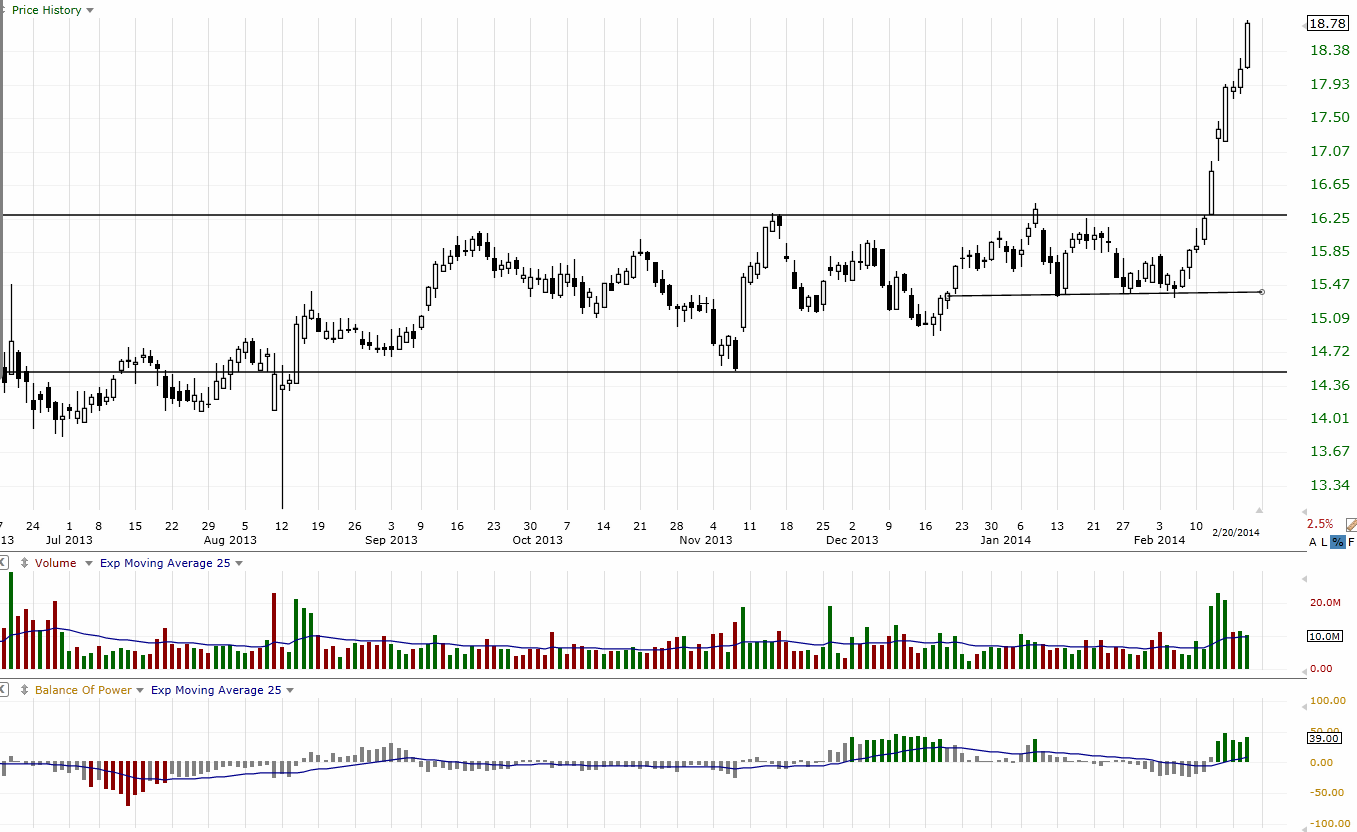Candlestick Charts
Candlestick Charts continue to rise in popularity; however, most traders and investors are unaware of the fact that many of the Japanese candlestick patterns, taught in books and generally around the internet in articles no longer form or are as reliable as they were 20 years ago.
What has happened in the past 5–6 years is a dramatic shift in the overall Market Structure on the professional side. While retail traders and investors have not seen much change to their trading platforms, online broker accounts, or charting software, the professional side has had a major overhaul of every facet and aspect of their trading platforms. This includes broker/dealer professional orders available to them, analytical tools, and especially their trading and investment strategies, algorithms, and automated trading systems. The changes are massive on the professional side but few retail traders know about them.
Where these huge changes are having the most impact for retail is in how price patterns form on the charts, what candlestick patterns are forming, and how indicators behave. These are critical areas for all retail traders to keep up with and to recognize, if they are not to be left behind as the evolution of the stock market internal structure continues in the next few years. The changes are only beginning and most institutions are still adapting and modifying just about everything they do in entering orders, processing orders, and share lot quantities in different trading venues.
Candlestick Charts are the first area of the stock chart that have shown major changes in patterns in the past few years. Some patterns rarely form, while others have become less reliable and inconsistent. New entry and exit signals have emerged that are not mentioned in the traditional Japanese candlestick books because they never formed until a few years ago. As more and more institutions use different buy and sell orders developed exclusively for the professional side, and retail traders should be learning what this means for candlestick patterns.
One of the most common mistakes retail traders make is not identifying the very common Platform pattern that forms often in the automated marketplace. Platforms develop when giant lot orders are placed off of the exchanges in ATS aka Dark Pools or Twilight Pools. The specialized orders that the ATS have developed for these giant lot investors, controls price and candlestick patterns in a way that is unique.
Unfortunately many swing, momentum, and day traders do not recognize this pattern and try to swing or day trade the Platform sideways action. This is one candlestick sideways pattern that causes many whipsaw trades and often chronic losses, especially for retail traders who are relying upon red light green light or other retail side trigger orders. These retail side automatic signals to buy or sell are not sophisticated enough to recognize the Platform pattern, and cause many traders to lose money trading short term. Below is a chart example of a Platform pattern.
The Platform is just one of many new Candlestick Patterns the retail side of the market needs to learn. . Most of the time price bolts out of the platform running with strong momentum energy for excellent swing and momentum profits. However it is important to not only be able to quickly identify when a Platform has started, but also to recognize when it is completing.
I invite you to visit my website at www.TechniTrader.Courses
Trade Wisely,
Martha Stokes CMT
Chartered Market TechnicianInstructor and Developer of TechniTrader Stock & Option Courses ©2014–2024 Decisions Unlimited, Inc. dba TechniTrader. All Rights Reserved.
TechniTrader is also a registered trademark of Decisions Unlimited, Inc.
Disclaimer: All statements, whether expressed verbally or in writing are the opinions of TechniTrader its instructors and or employees, and are not to be construed as anything more than an opinion. Readers are responsible for making their own choices and decisions regarding all purchases or sales of stocks or issues. TechniTrader is not a broker or an investment advisor; it is strictly an educational service.

